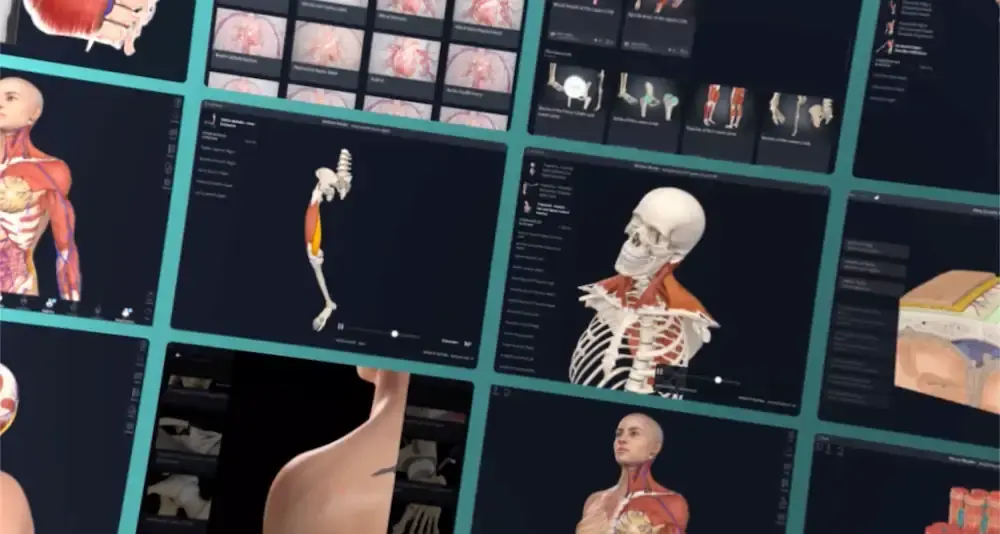
Quick Facts
Origin: Thoracolumbar fascia, iliac crest, inguinal ligament.
Insertion: Inferior margins of tenth to twelfth ribs and adjacent costal cartilages, linea alba, pecten pubis.
Action: Flexes, laterally flexes, and rotates trunk; compresses and provides structural support to adjacent abdominal structures.
Innervation: Anterior rami of seventh to twelfth thoracic nerves, iliohypogastric and ilioinguinal nerves.
Arterial Supply: Lower posterior intercostal, subcostal, deep circumflex iliac, and superior and inferior epigastric arteries.
Origin
The internal abdominal oblique muscle originates from the:
- thoracolumbar fascia;
- anterior two thirds of the iliac crest;
- lateral two thirds of the inguinal ligament.
Insertion
The fibers of the internal abdominal oblique muscle travel in anterior, medial and superior directions around the abdomen and insert onto the:
- inferior margins and costal ends of the tenth to twelfth ribs and their adjacent costal cartilages;
- linea alba, via its broad aponeurosis;
- pecten pubis, via its inguinal falx.
Key Features & Anatomical Relations
The internal abdominal oblique muscle is one of the muscles of the abdomen. It is a broad, flat skeletal muscle.
Adjacent to the midclavicular line, the muscle belly gives rise to a broad aponeurosis of internal abdominal oblique, which contributes to the formation of the anterior and posterior layers of the rectus sheath.
The internal abdominal oblique muscle is located:
- superficial to the transversus abdominis muscle;
- deep to the external abdominal oblique muscle;
- lateral to the rectus abdominis muscle.
The internal abdominal oblique contributes to the formation of the:
- anterolateral abdominal wall;
- inguinal canal;
- lumbar triangle (triangle of Petit), where the internal abdominal oblique muscle forms its floor.
Actions
The internal abdominal oblique muscle is involved in multiple actions:
- during unilateral contraction, it laterally flexes the trunk to the same side;
- during unilateral contraction, it rotates the trunk to the same side;
- during bilateral contraction, it flexes the trunk;
- it compresses and provides structural support to adjacent abdominal structures;
- it depresses the ribs at their costovertebral joints during forced expiration (Sinnatamby, 2011).
List of Clinical Correlates
- Inguinal hernias
- Spigelian hernia (Kasirajan, Lopez and Lopez, 1997)
References
Kasirajan, K., Lopez, J. and Lopez, R. (1997) 'Laparoscopic technique in the management of Spigelian hernia', J Laparoendosc Adv Surg Tech A, 7(6), pp. 385-8.
Sinnatamby, C. S. (2011) Last's Anatomy: Regional and Applied. ClinicalKey 2012: Churchill Livingstone/Elsevier.
Actions
The internal abdominal oblique muscle is involved in multiple actions:
- during unilateral contraction, it laterally flexes the trunk to the same side;
- during unilateral contraction, it rotates the trunk to the same side;
- during bilateral contraction, it flexes the trunk;
- it compresses and provides structural support to adjacent abdominal structures;
- it depresses the ribs at their costovertebral joints during forced expiration (Sinnatamby, 2011).




